The Invisible Generation, 2019
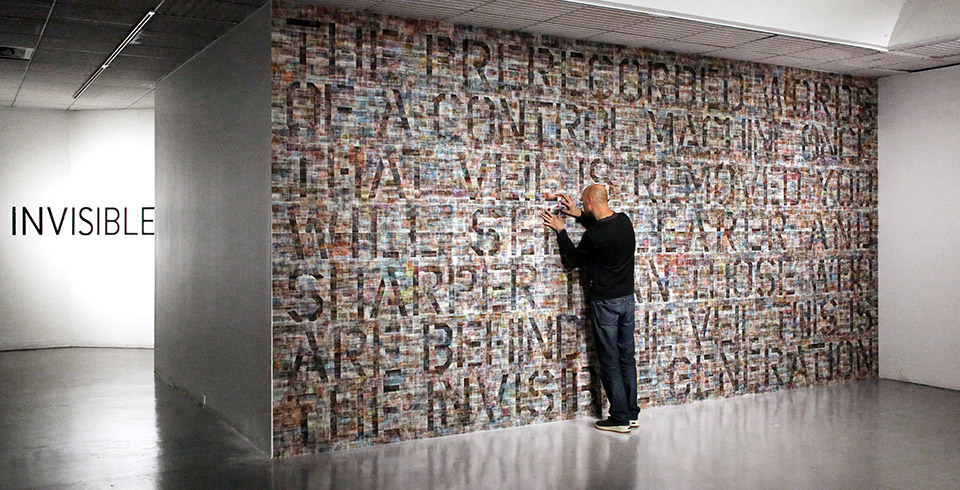

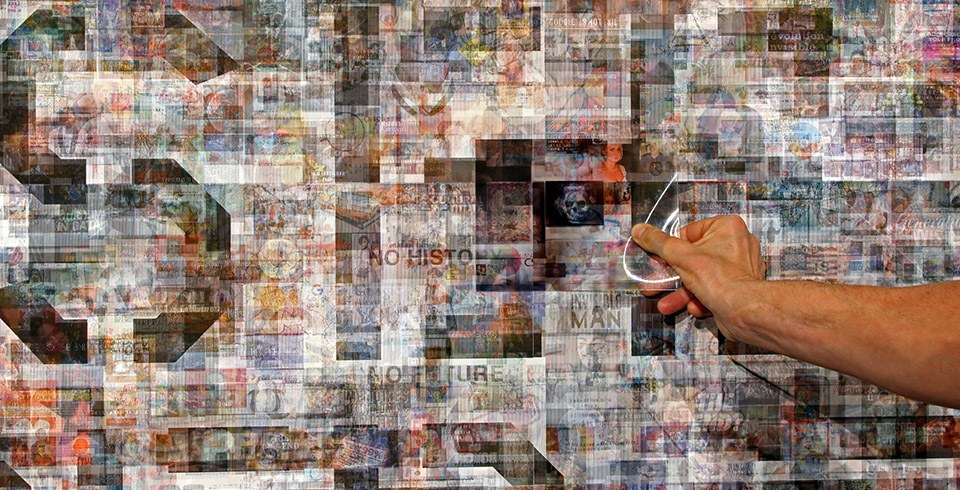

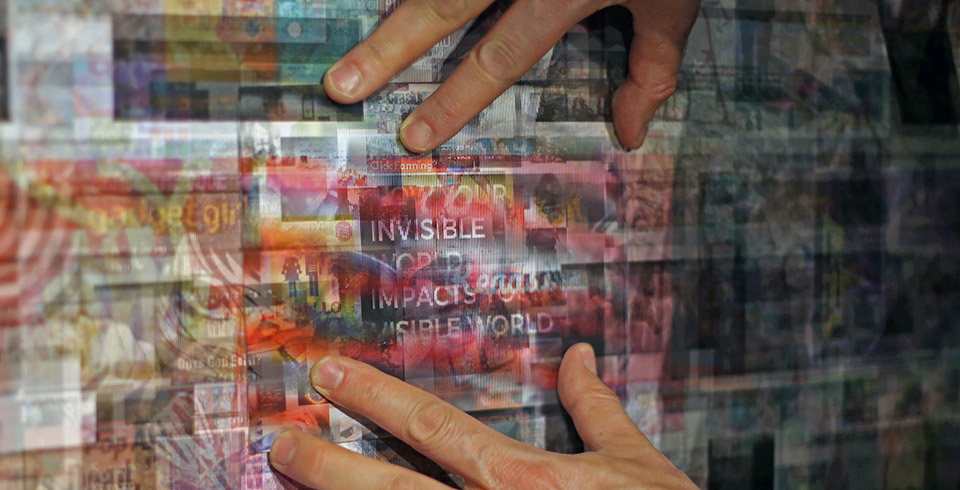
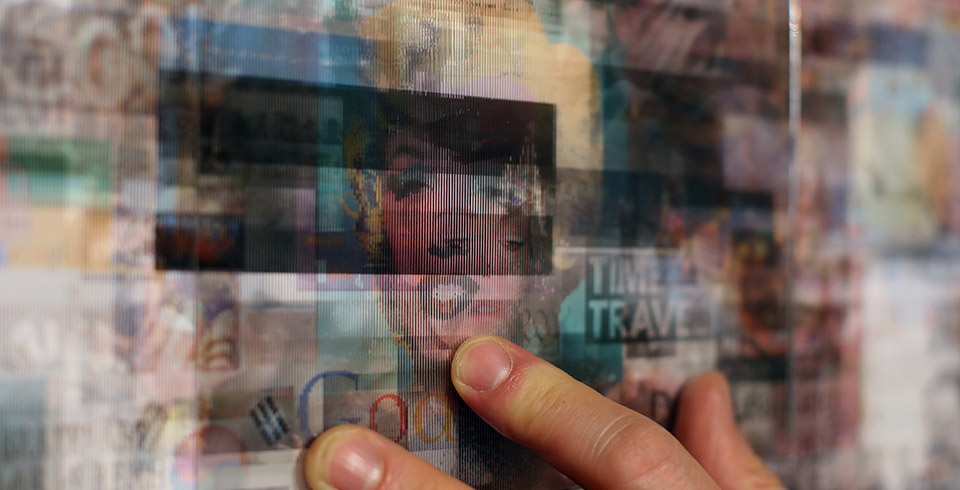
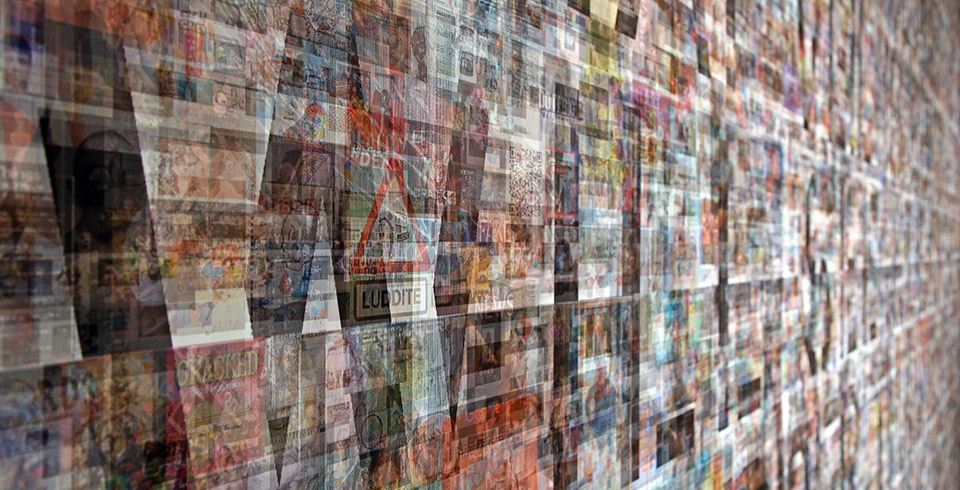
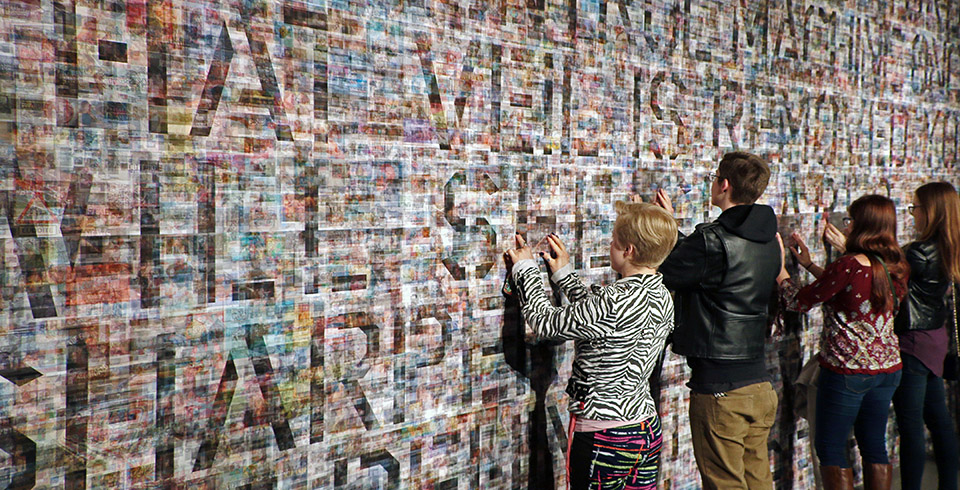
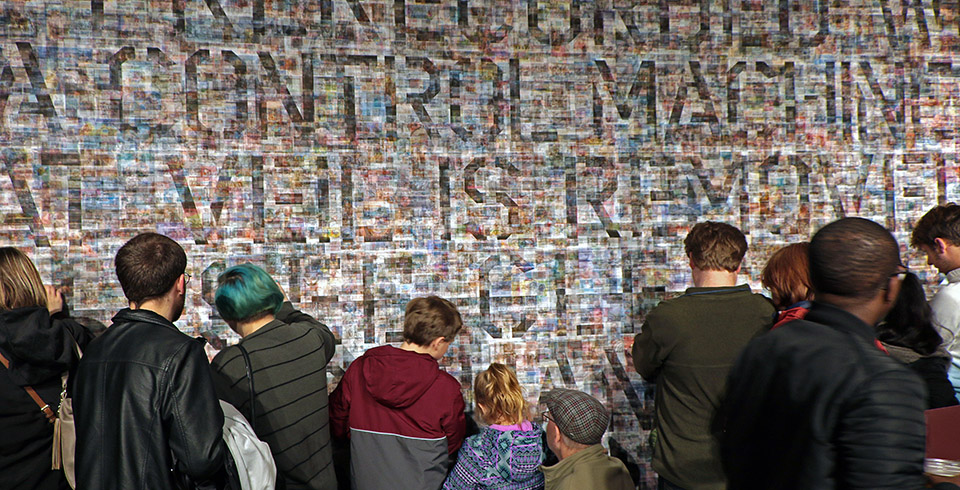
The Invisible Generation is a site specific installation in which Pascal Dombis questions our relationship with images and how we see them today. Reading digital images becomes quite different from the conventional retinal vision of images. Images are circulating, they are continuously flowing. The viewer’s gaze also becomes more and more dynamic – there is no longer a distance from the digital images – we are immersed and we fall in them.
Pascal has been using Google in his creative process because for him it is the most accessible visual embodiment of how Algorithms, Big Data and Artificial Intelligence are affecting/impacting our lives today. For several years, he has been collecting images from Google Image Search, by googling a small set of keyword – like Google, Control, Crack, … – on a routine monthly basis, leading to an accumulative data of millions of images. What interests him in this collection process is how these images relate to each other, and what the meta-picture or the meta-story is telling us. To what extent they are representative of the internet image flow and how they address issues related to the control mechanism of our interpretations. The whole paradigm of our relationship with images has changed, the Internet generates a profusion of images in which there is nothing to see.
In Invisible Generation, the wall is entirely covered by a print composed by 30,000 Googled images. They are displayed in interlaced mode (sliced in tiny vertical lines) which produce a blurry and organic visual effect and prevent a “clear” reading. Individual image nature can be revealed/read when using a lenticular sheet that the visitor can handle and apply onto the wall.
The installation echoes the American writer William S. Burroughs. His experimental writings and his use of the random factor as a creative process has inspired Pascal for many years. Especially the famous Cut-Up technique developed by artist Brion Gysin and Burroughs in the 1960’s Paris. By destructuring texts in a random non-linear way, Cut-Up creates a new language which is very relational for today’s digital and technological universes.
William Burroughs was fascinated by control strategies and the human language. He believed that language was a parasite, a virus from outer space. According to him, written words came before spoken words “I advance the theory that in the electronic revolution a virus is a very small unit of word and image.” which led Burroughs to write many texts on the control system of written languages and their relationship with images. Out of them, Dombis has inserted in sentence into the installation:
“THE PRERECORDED WORDS OF A CONTROL MACHINE ONCE THAT VEIL IS REMOVED YOU WILL SEE CLEARER AND SHARPER THAN THOSE WHO ARE BEHIND THE VEIL THIS IS THE INVISIBLE GENERATION.”
This sentence is from Burroughs’ The Ticket That Exploded, his 1961 Cut-Up novel, specifically from the chapter titled The Invisible Generation. That chapter describes – in a poetic Burroughsian way – a control machine mechanism. A few years later, Burroughs wrote a direct sequel of The Invisible Generation in the 1970 novel The Electronic Revolution which is now considered as a visionary and influential essay about media control and more globally about today’s digital world.
William Burroughs’s nickname was the invisible man.